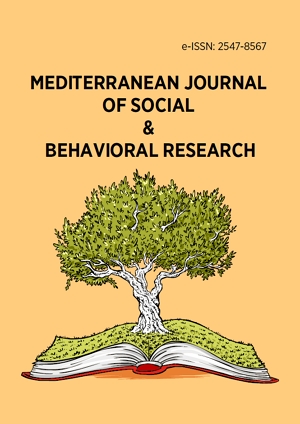Abstract
HIV has been prevailing in many societies as a health threat and numerous men are affected of this global health crisis. This study aimed to explore the knowledge, attitude, and sexual risk behaviors of overseas Filipino workers (OFW) men having sex with men (MSM) about HIV. Through a qualitative using case study research design, in-depth key informant interviews (KIIs) were done to secure primary data collection and better understand the informants’ experiences and perceptions about HIV. The informants of the study involved 10 OFWs who worked in Dubai, UAE. Based on thematic data analysis, findings highlighted that the informants were knowledgeable of HIV transmission, symptoms, and prevention and treatment. They avoid drug use and practice safe sex especially through condom use to avoid HIV infection. However, they admitted to sexual risk behaviors. Consequently, the MSM pointed out the stigma, insecurity, and hopelessness of people dealing and living with HIV disease and enjoin people to give them fair treatment and acceptance in society. This study recommends expanding HIV awareness campaign programs to lessen the HIV disease and discrimination against people with HIV through promoting in social media and other relevant platforms and health support services.
License
This is an open access article distributed under the Creative Commons Attribution License which permits unrestricted use, distribution, and reproduction in any medium, provided the original work is properly cited.
Article Type: Research Article
MEDITERR J SOC BEH RES, Volume 7, Issue 1, February 2023, 19-28
https://doi.org/10.30935/mjosbr/12661
Publication date: 01 Jan 2023
Online publication date: 21 Nov 2022
Article Views: 2086
Article Downloads: 3570
Open Access References How to cite this article
 Full Text (PDF)
Full Text (PDF)